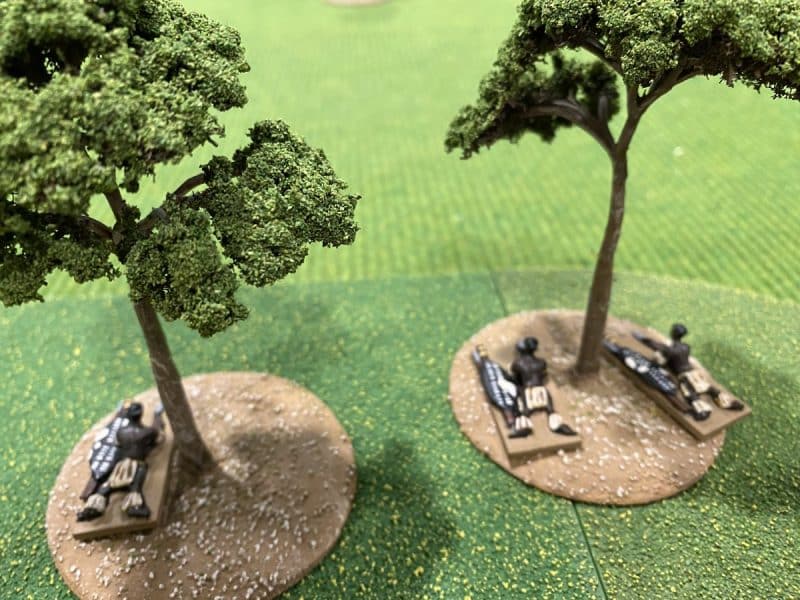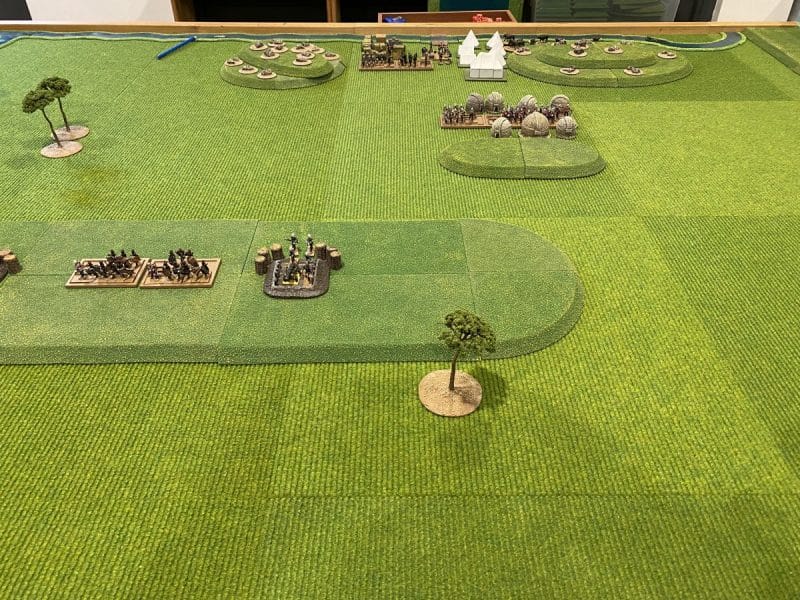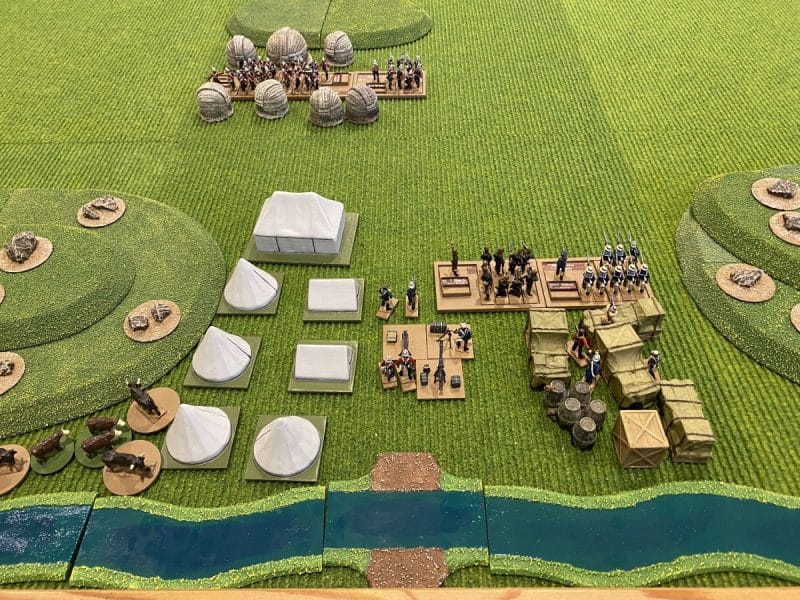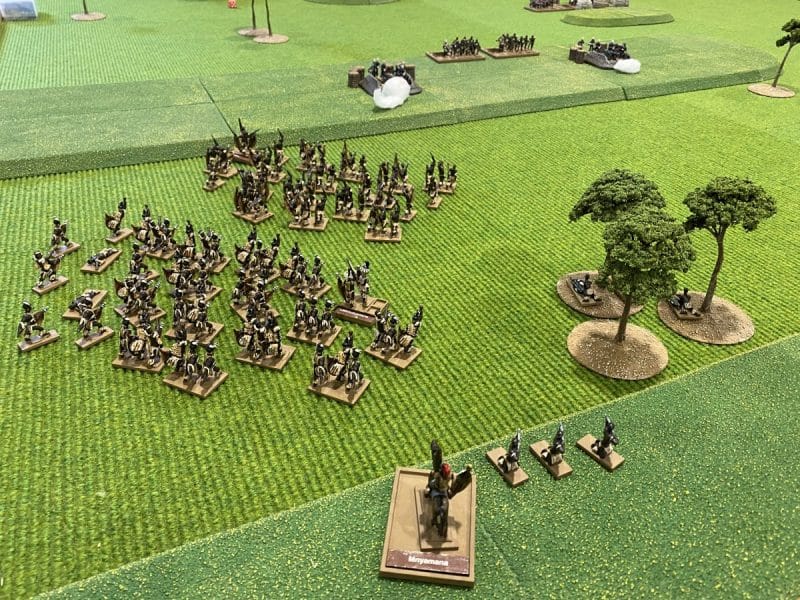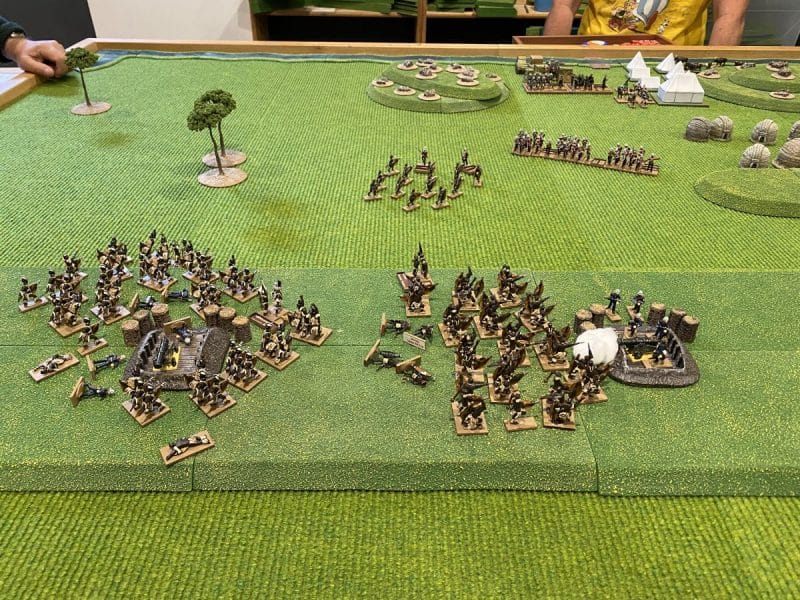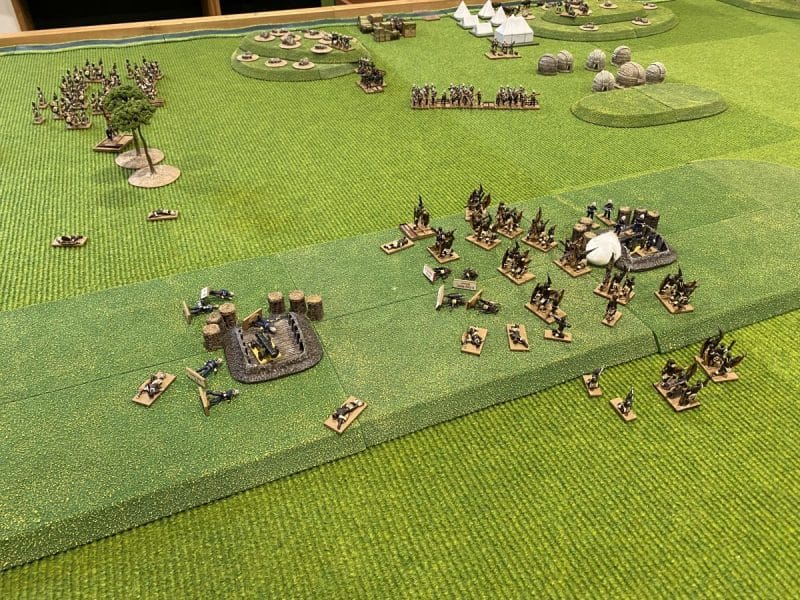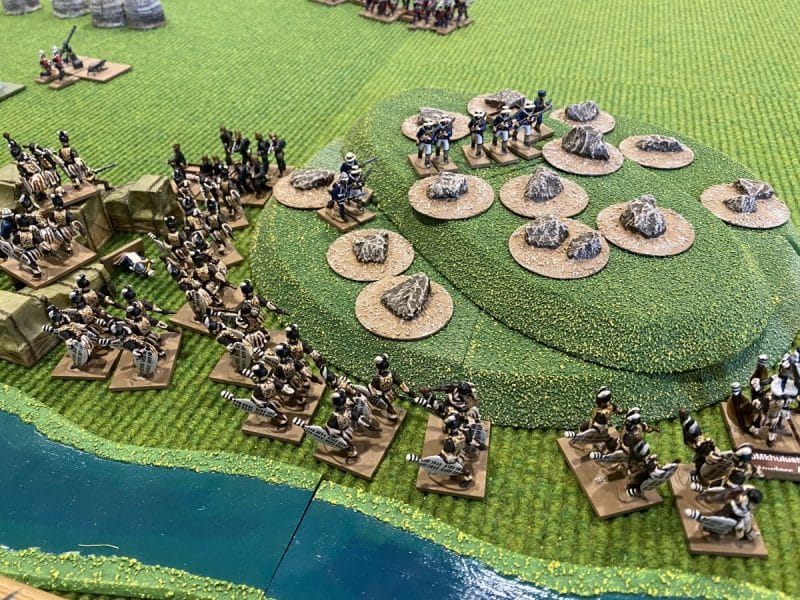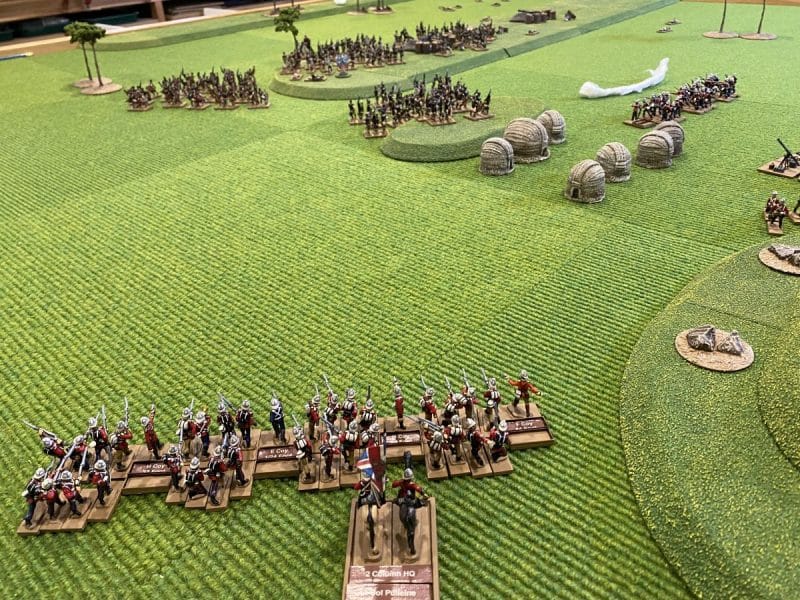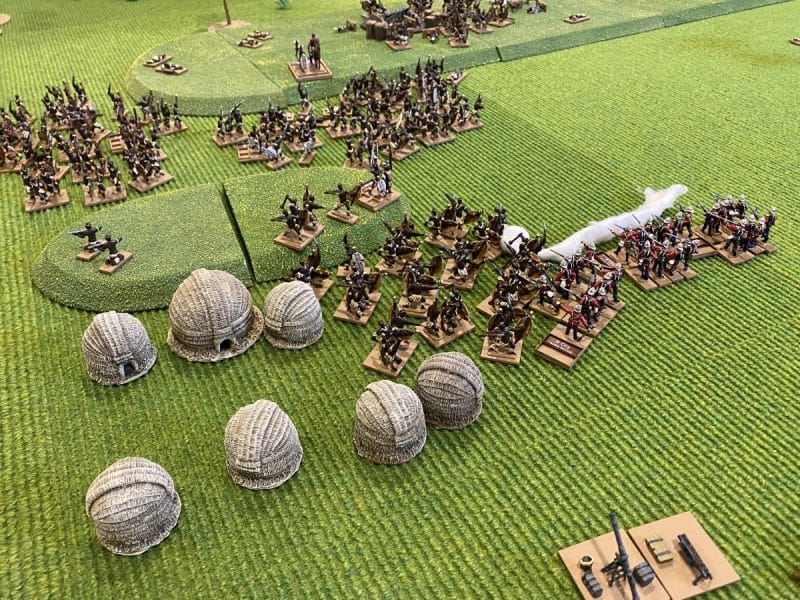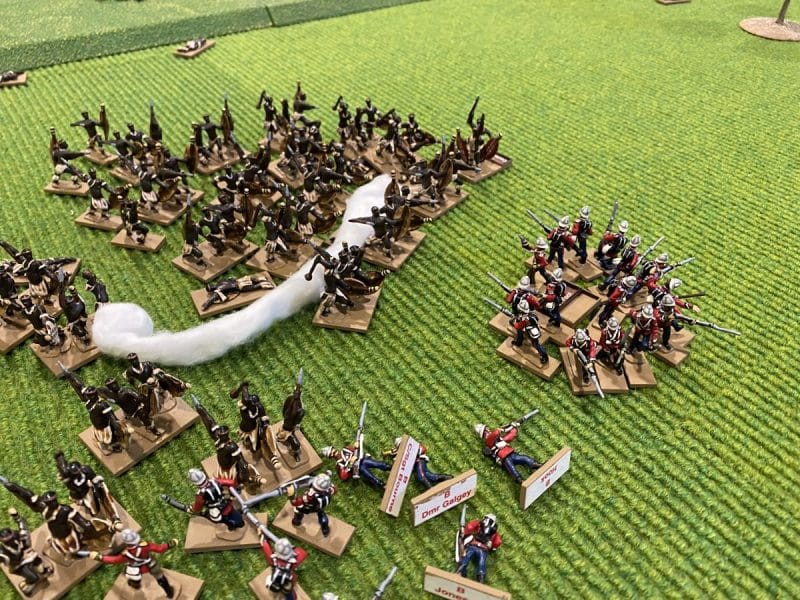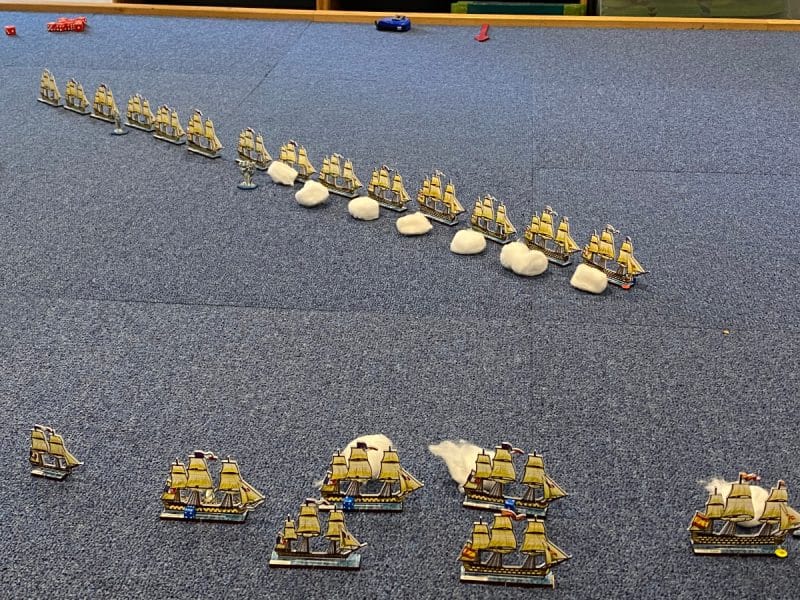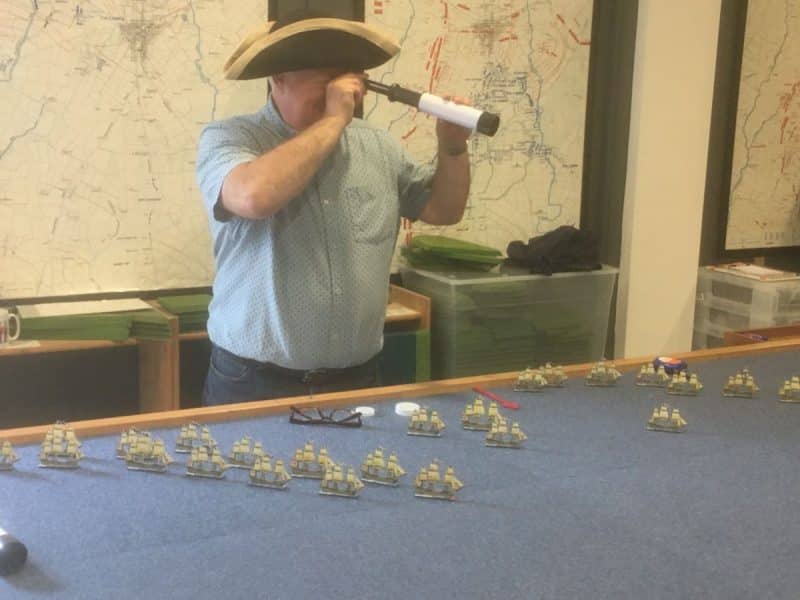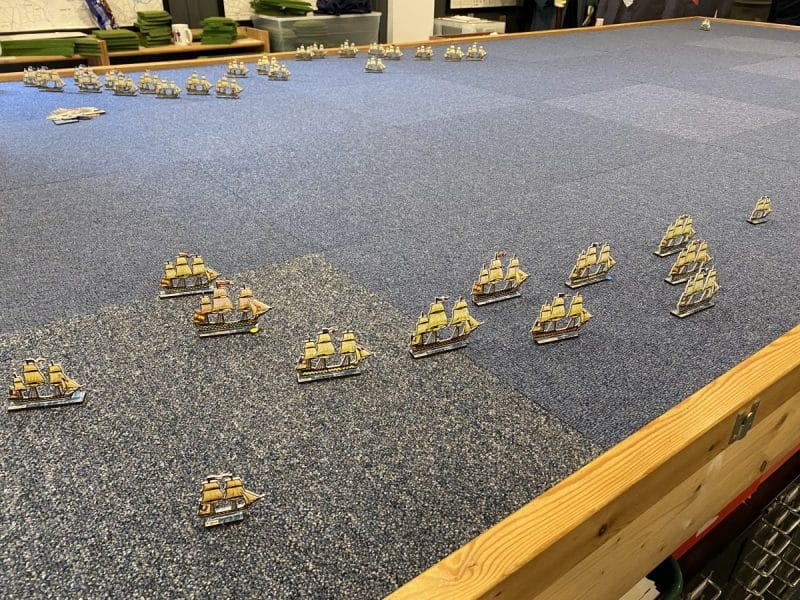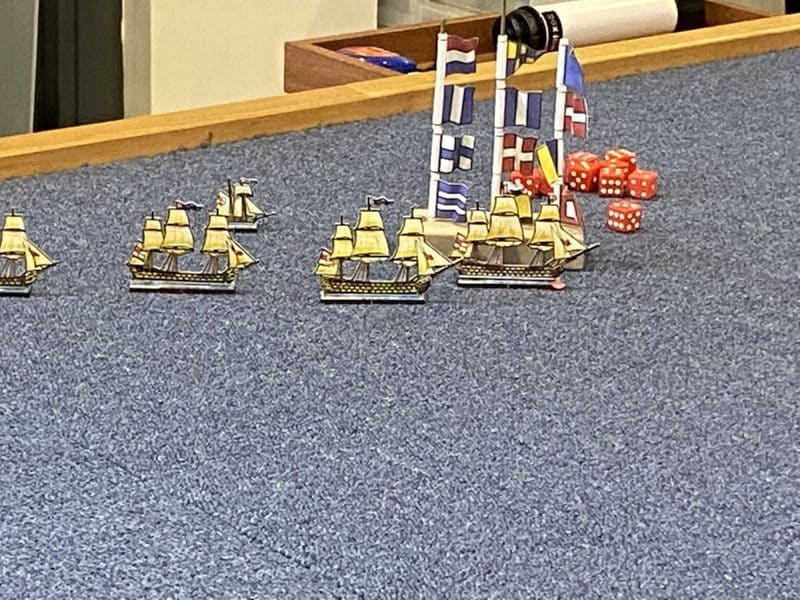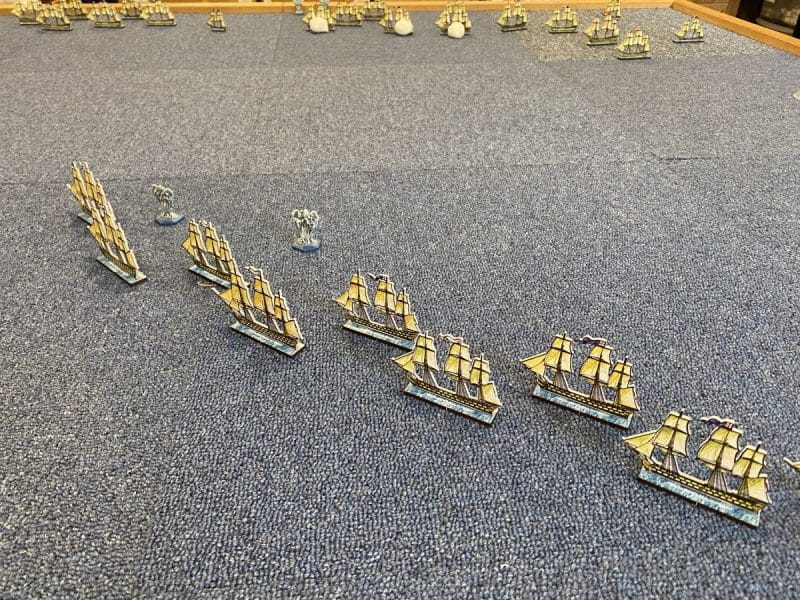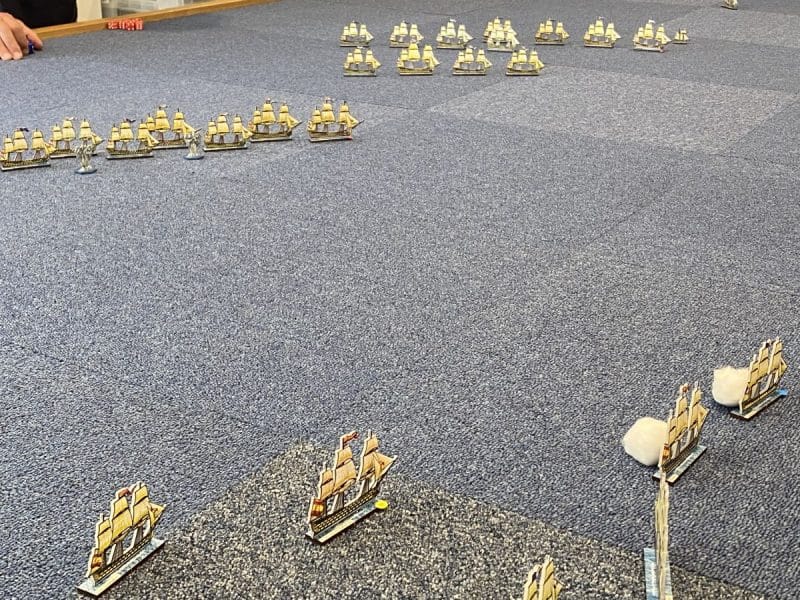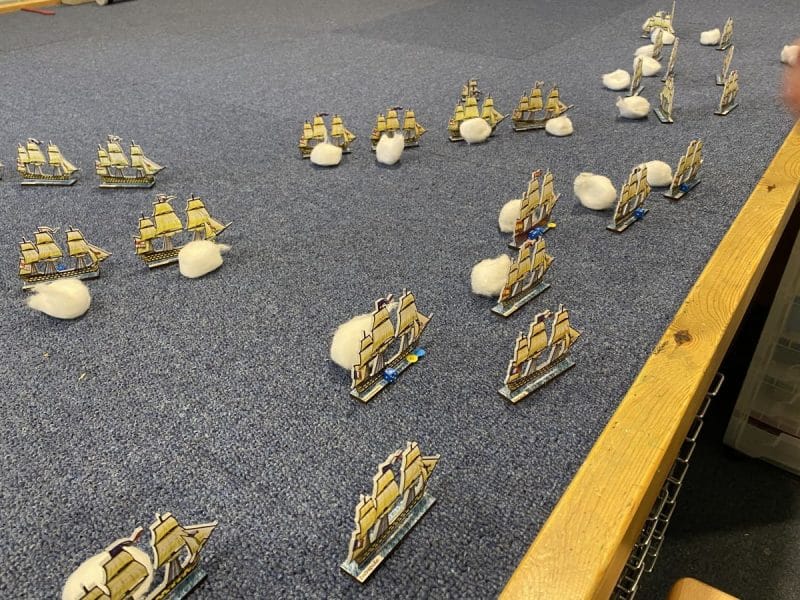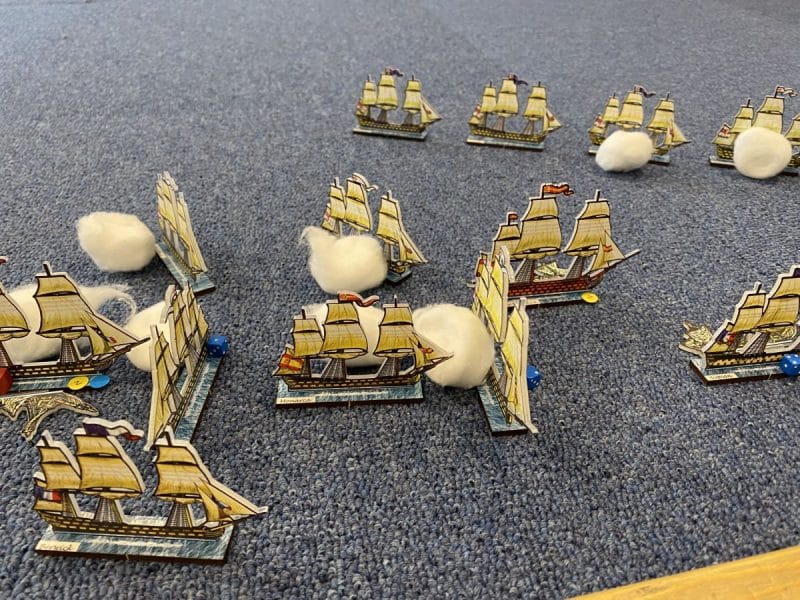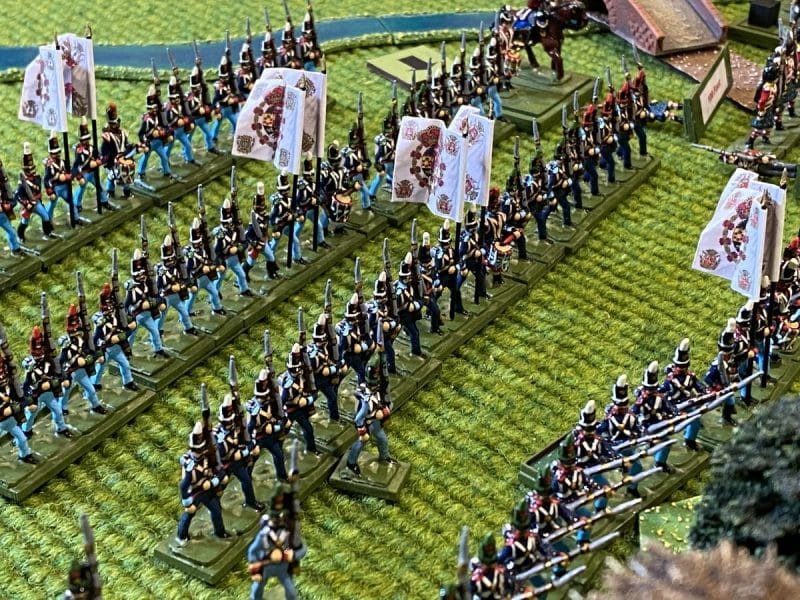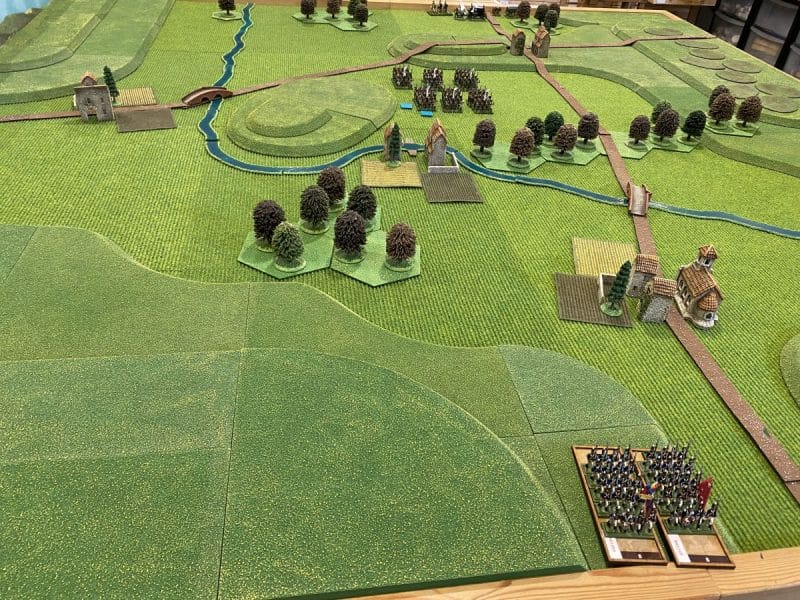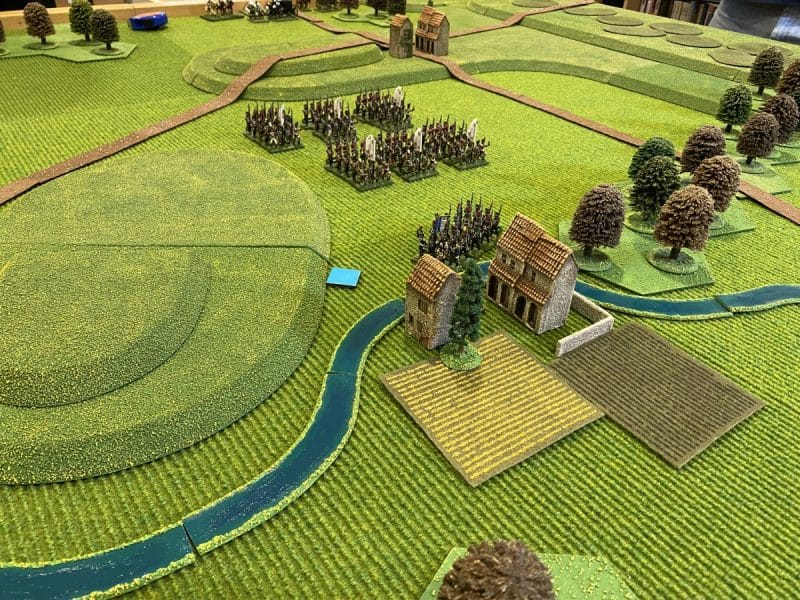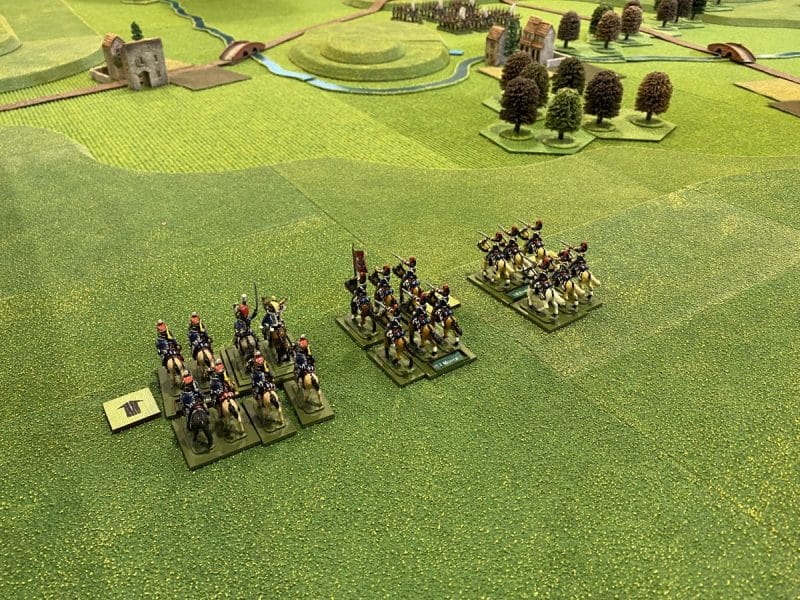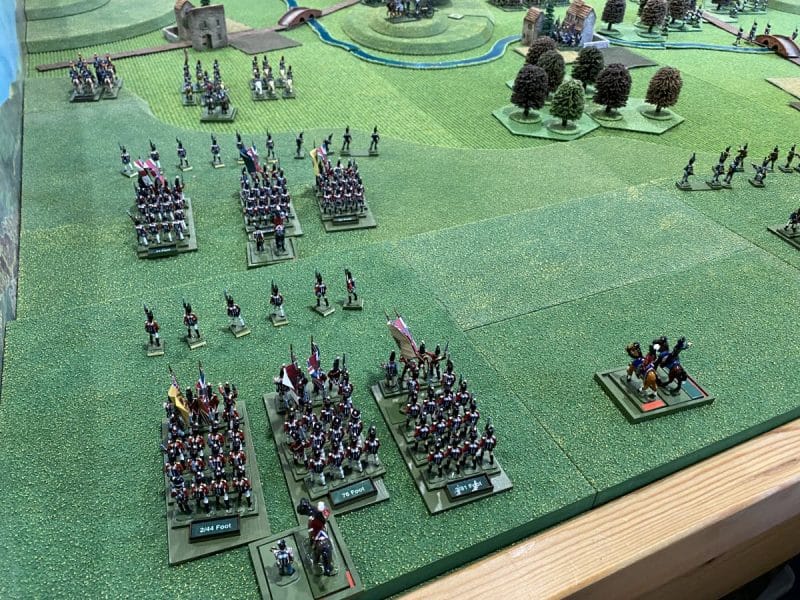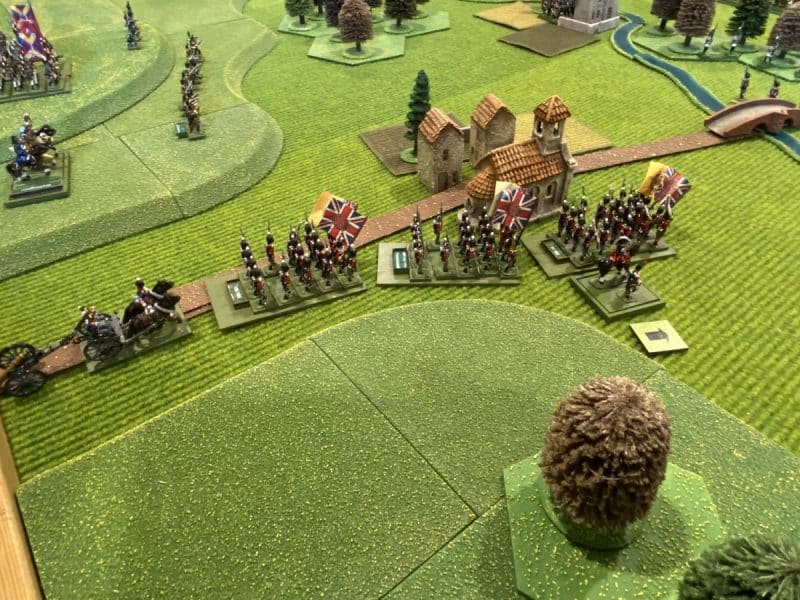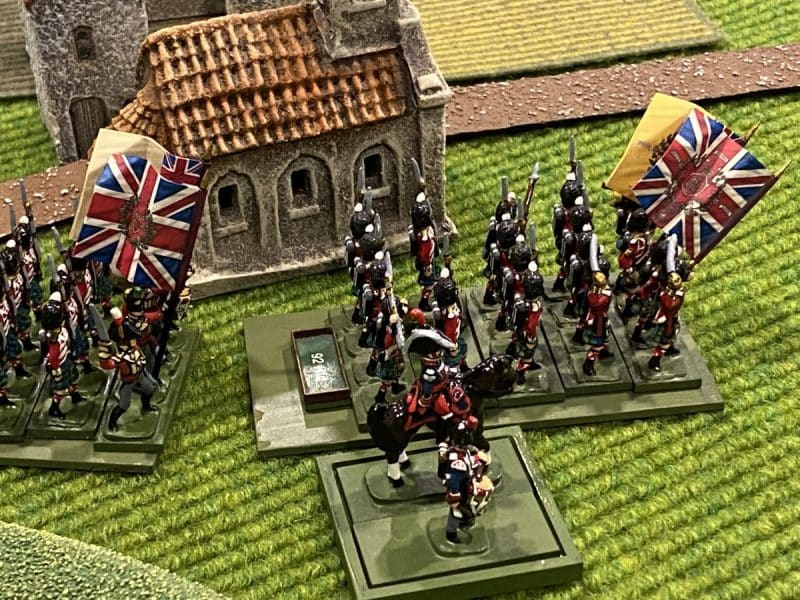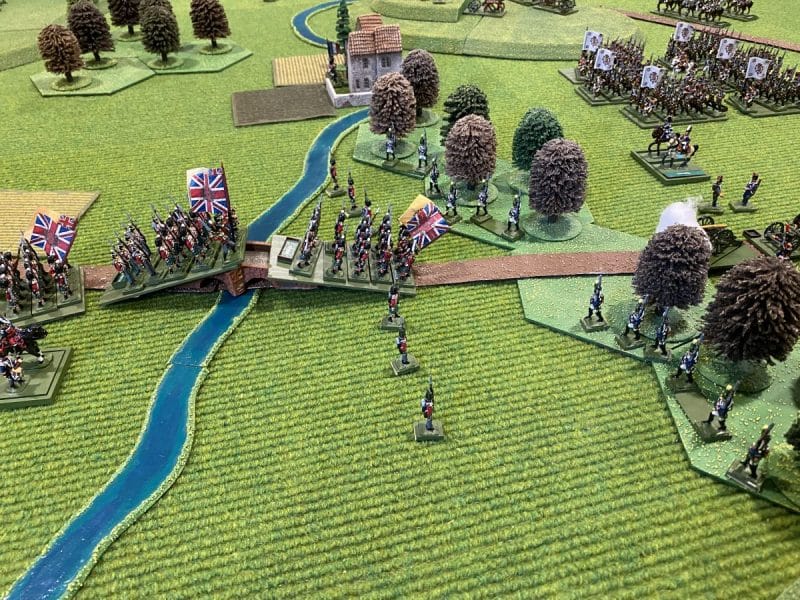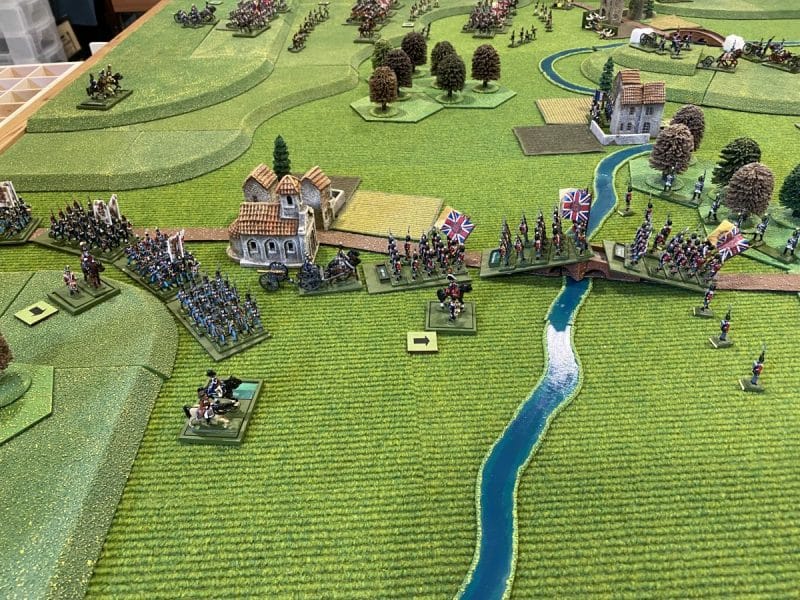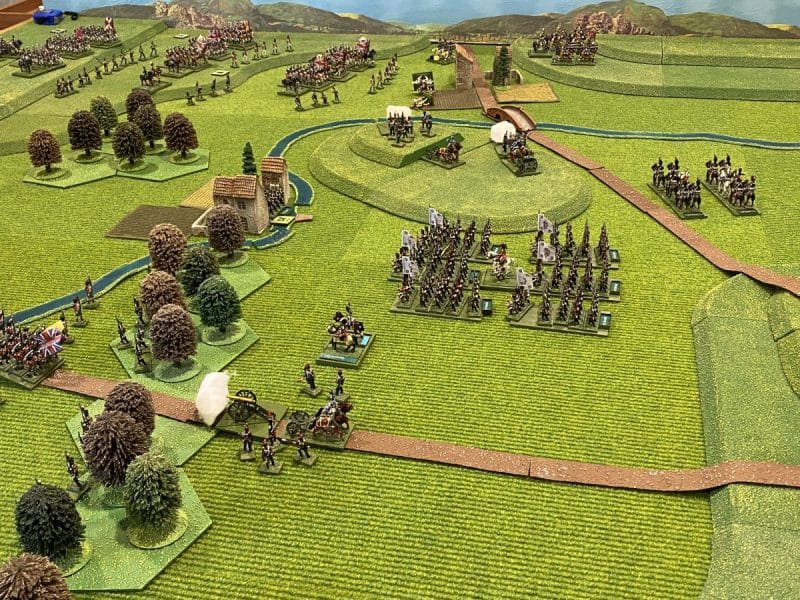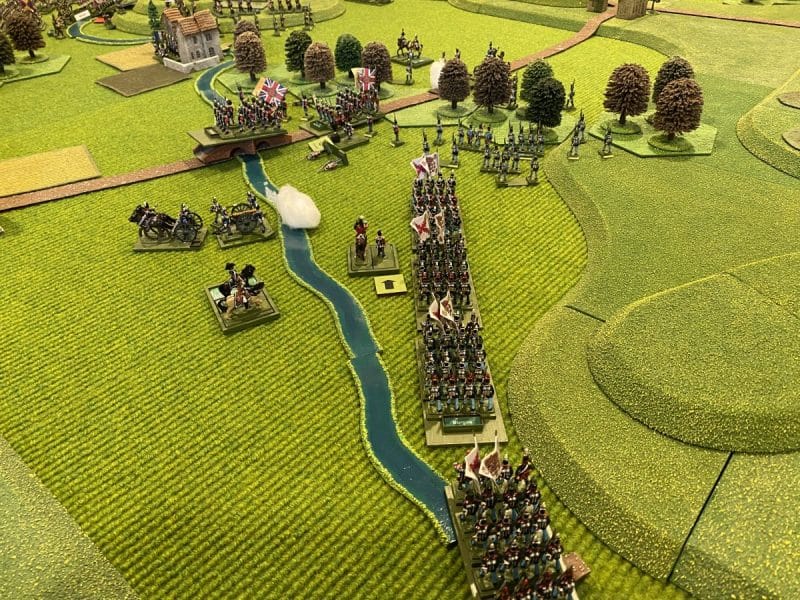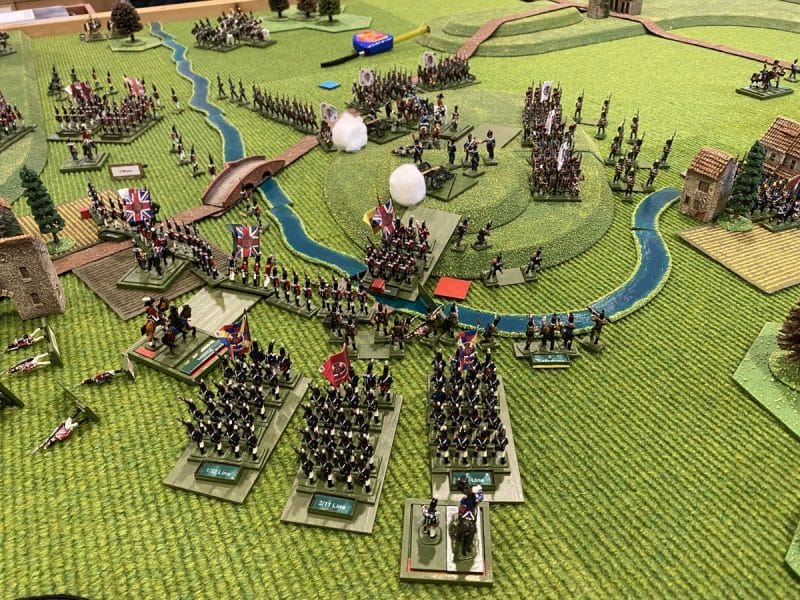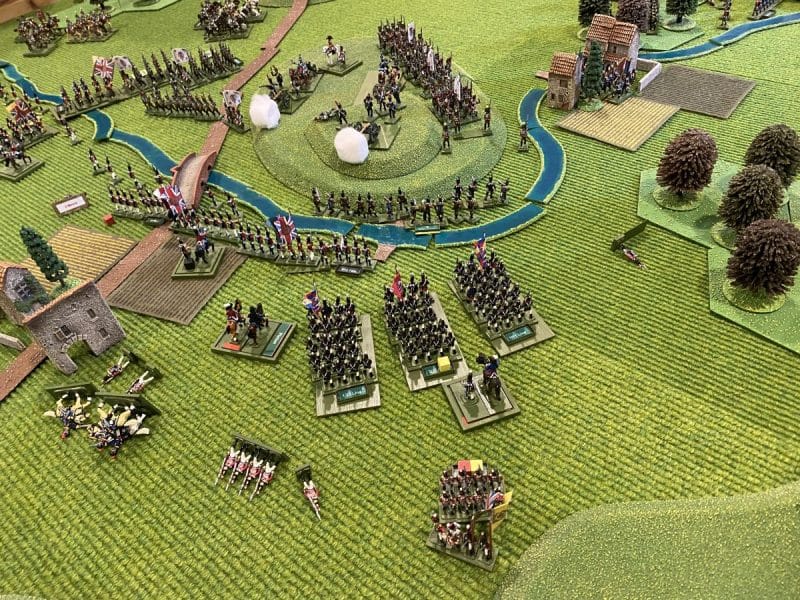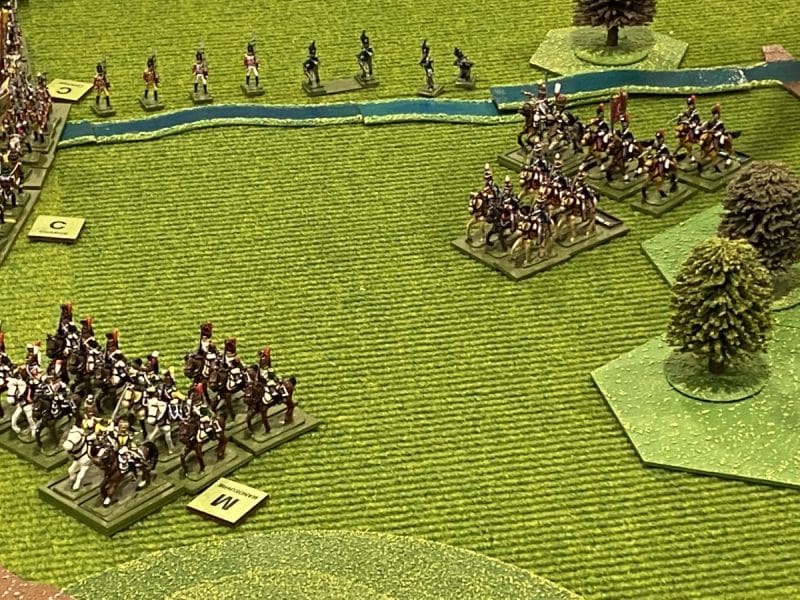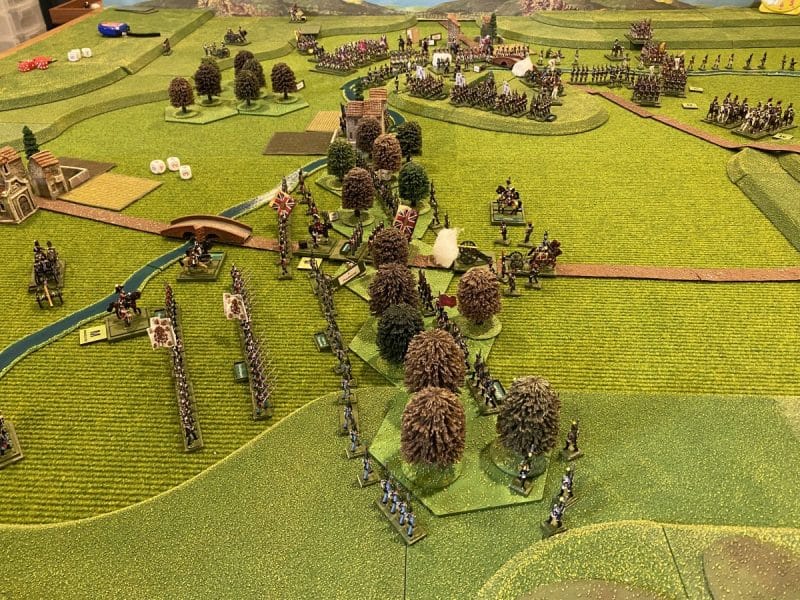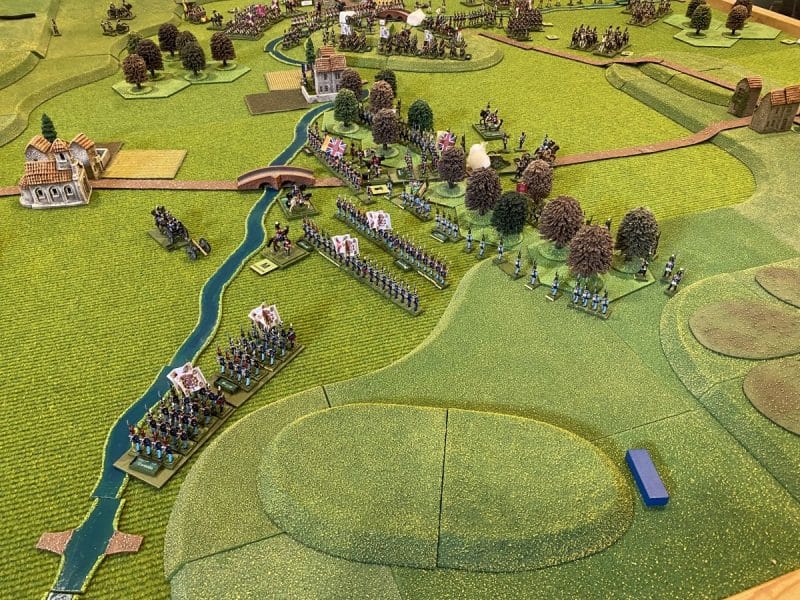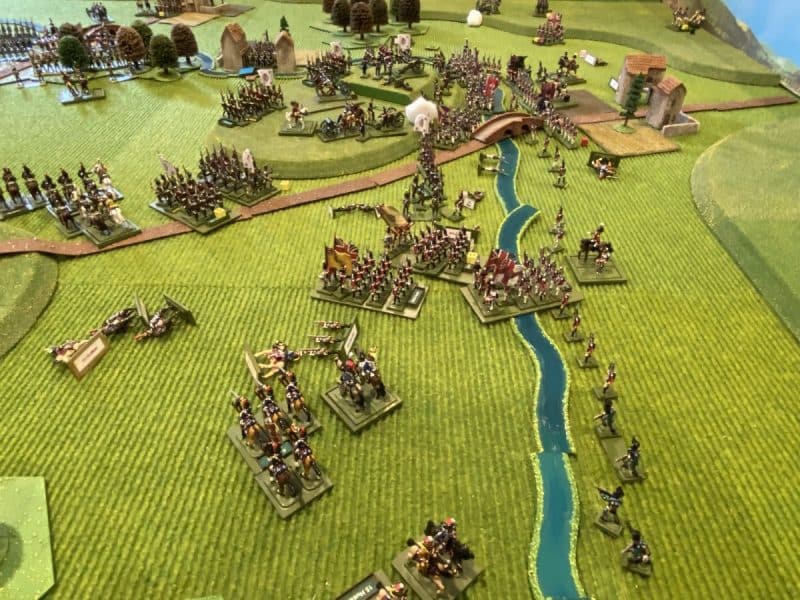The War of the Roses rules set ‘Never Mind the Bill Hooks’ allows you to take Irish Kern as a skirmisher option. They were included as a nod towards their involvement at a couple of battles, notably the battle of Stokes Field 1497, considered to be the last battle in the War of the Roses. The inclusion of Kern was less of a historical requirement and more of an opportunity to add a bit of colour to players troops choices, as well as giving players a slightly different tactical problem to use/deal with.
On the face of it, a band of 6 Kern skirmishers are hardly likely to change the course of a game. But they can add to the fun and cause a great deal of mischief. Even if you don’t include them in your main list, it’s worth having a band in reserve, just in case the special event card is drawn that lets you deploy an extra band of Skirmishers anywhere on the table hidden in terrain.
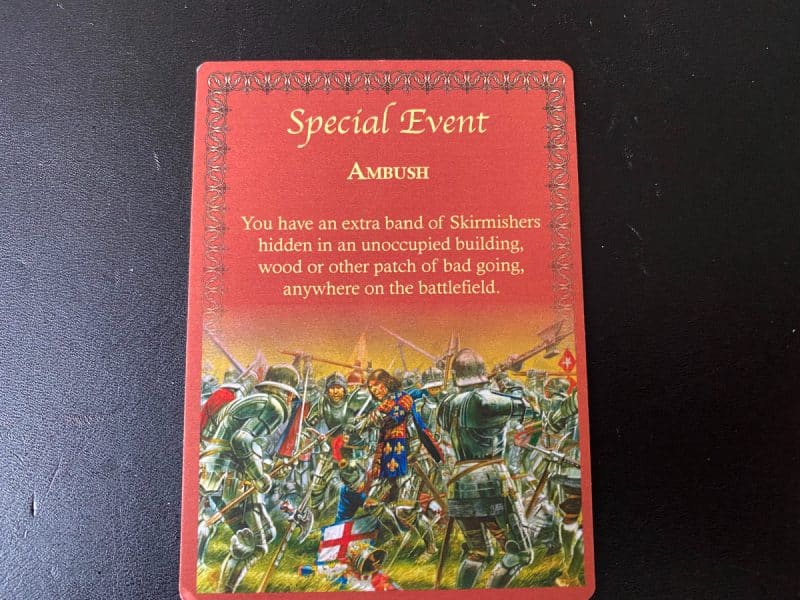
Kern are pretty fragile. They only save on a 6 against shooting and they can only shoot ( throw Javelins or darts) a maximum of 6 inches themselves, so why take them? Well, where they come in handy is that they can move into hand to hand combat against other skirmishers. As they have the same movement as skirmishers, it’s unlikely that your opponent will be able to evade, so you will catch his skirmishers and then you will be fighting, rolling one dice for each kern against his 1/2 dice per skirmishers. So they are great at mopping up opposition skirmishers. They are also able to hide in cover, moving 16 inches regardless of the terrain, to attack any exposed flank or rear of a carelessly positioned unit. It’s unlikely that they will beat your average Billmen unit or for that matter, Men at Arms but they will upset your opponents plans and help to disrupt their battle line.
There is another risk to using these fierce warriors. Kern will pursue a beaten enemy, even if that means they go off table. They also ‘bounce’ off a unit if they dont daunt or rout the unit that they are attacking. This can be a mixed blessing as they will not stay locked in combat and can run away from a superior unit having caused their mischief. All in all well worth having a band just for the fun of it!
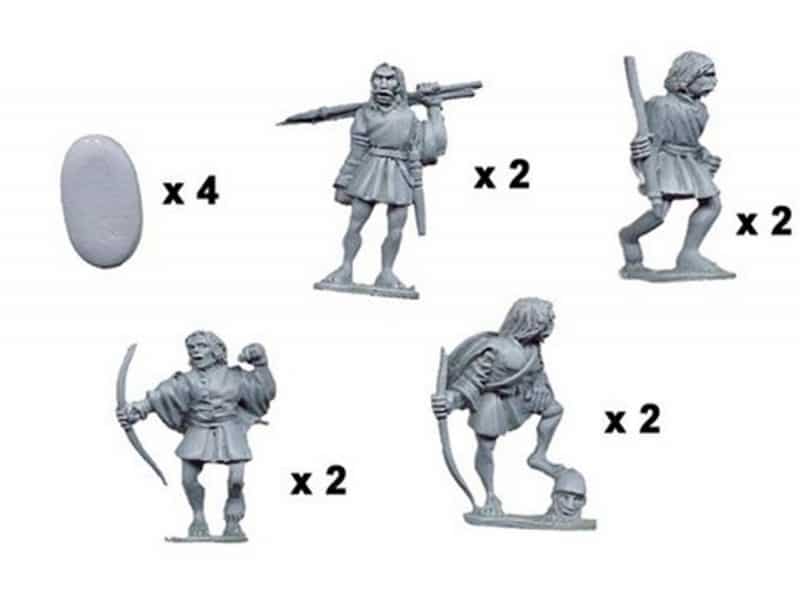
I used a pack of Crusader miniatures for my Kern. There are 8 in a pack, so although that is two more than needed, the other two figures will come in useful as additional levy or as part of a larger Irish contingient.
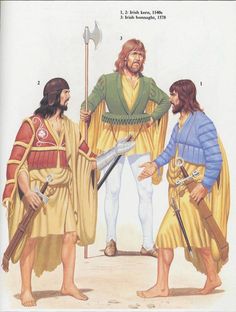
My research seemed to show that Irish Kern often dressed in yellow tunics. Painting yellow can be fraught with difficulties as it is not heavily pigmented as doesn’t cover well. Whilst chatting to a colleague about this problem, he told me that the best colour to paint over was pink. I decided to prime the figures in flesh and to test the theory. Priming the figures with Army Painter Flat Flesh would also save a bit of time as the figures are bare legged.

I then painted the tunics with Yellow ochre. It’s a good yellow to use as it’s not too bright. I didn’t want my Kern to look as though they were wearing High Viz jackets! I then picked out the other featuresl – hair, belts, tunics in a variety of colours – see the picture for detail. The tunics were washed with soft tone and when dry, highlighted with yellow ochre again and then pale sand as the top highlight. The flesh was highlighted with flat flesh and then basic skin tone.

I used dark tone to wash the leather and other areas, then highlighted with the original colour and then added Iraqi sand to get the top highlights. Bows and weapons were painted with Vallejo old wood.


I did some research for the shield designs but decided that they wouldn’t have anything too sophisticated, so I hand painted the basic designs shown. I did consider painting a portrait of Phil Lynott on one of the shields, just so that I could sing ‘The Boys are back in Town’ when ever they charged out of cover into attack but decided my painting skills weren’t up to the job!
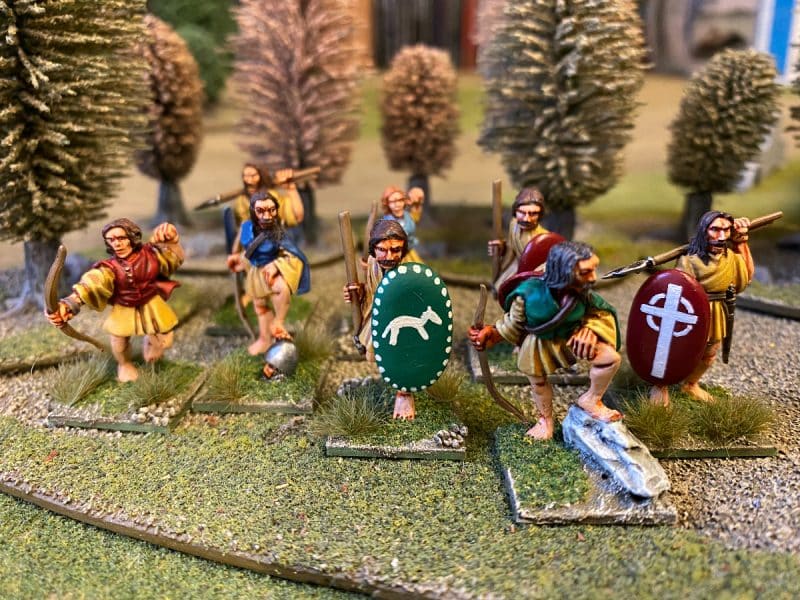
I also made a minor conversion to one of the Kern. I thought that one figure with his foot on an opponents head was enough, so I removed the head on the second figure with a pair of clippers and added in an appropriately sized rock!
So another unit is added to my army. Am I finished now….? Well not quite. The next project will be to paint a couple of ‘rabble’ or levy units. I’m in no rush though, there’s plenty in the painting queue!
Almost all of the paints, miniatures, bases, basing materials and anything that you are likely to need for your hobby are available from my shop here:
You can see the range of Crusader miniatures that we think are suitable to for the Wars of the roses, along with the rest of out Never mind The Bill Hooks range here:
You can find all the Vallejo Model colour paints here. If you don’t want to browse, just enter the paint number into the shop search bar;
Happy Modelling!


